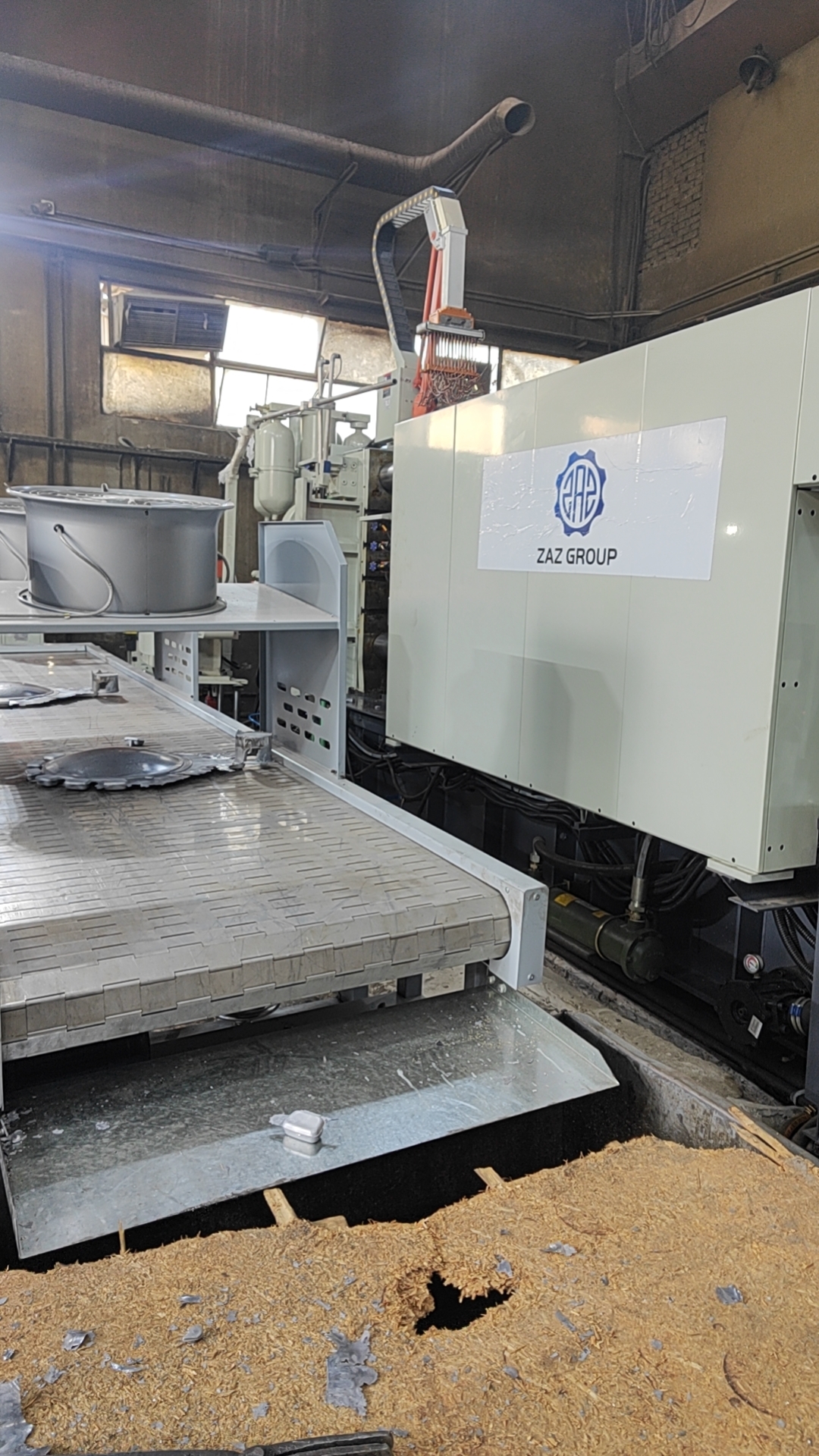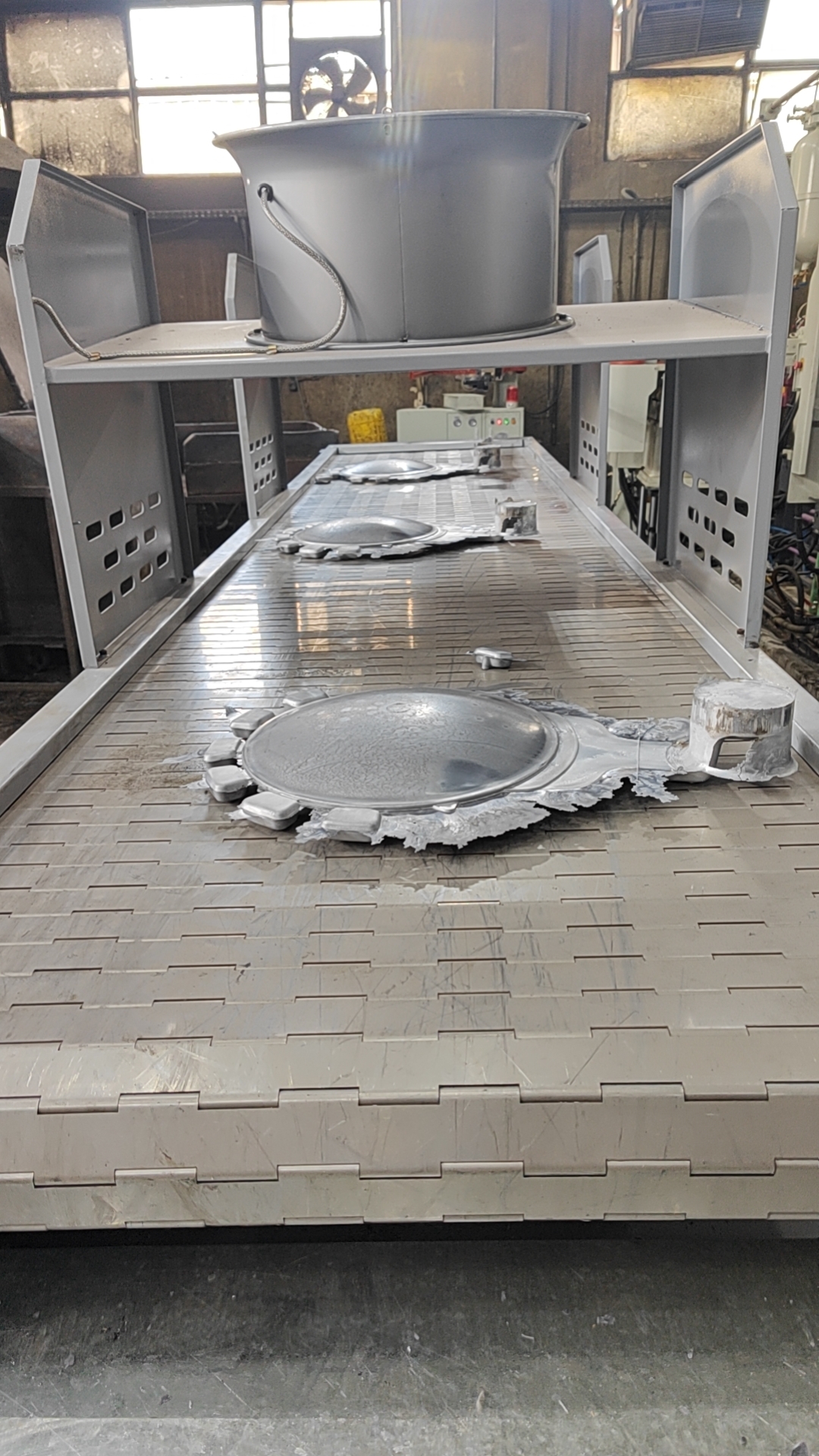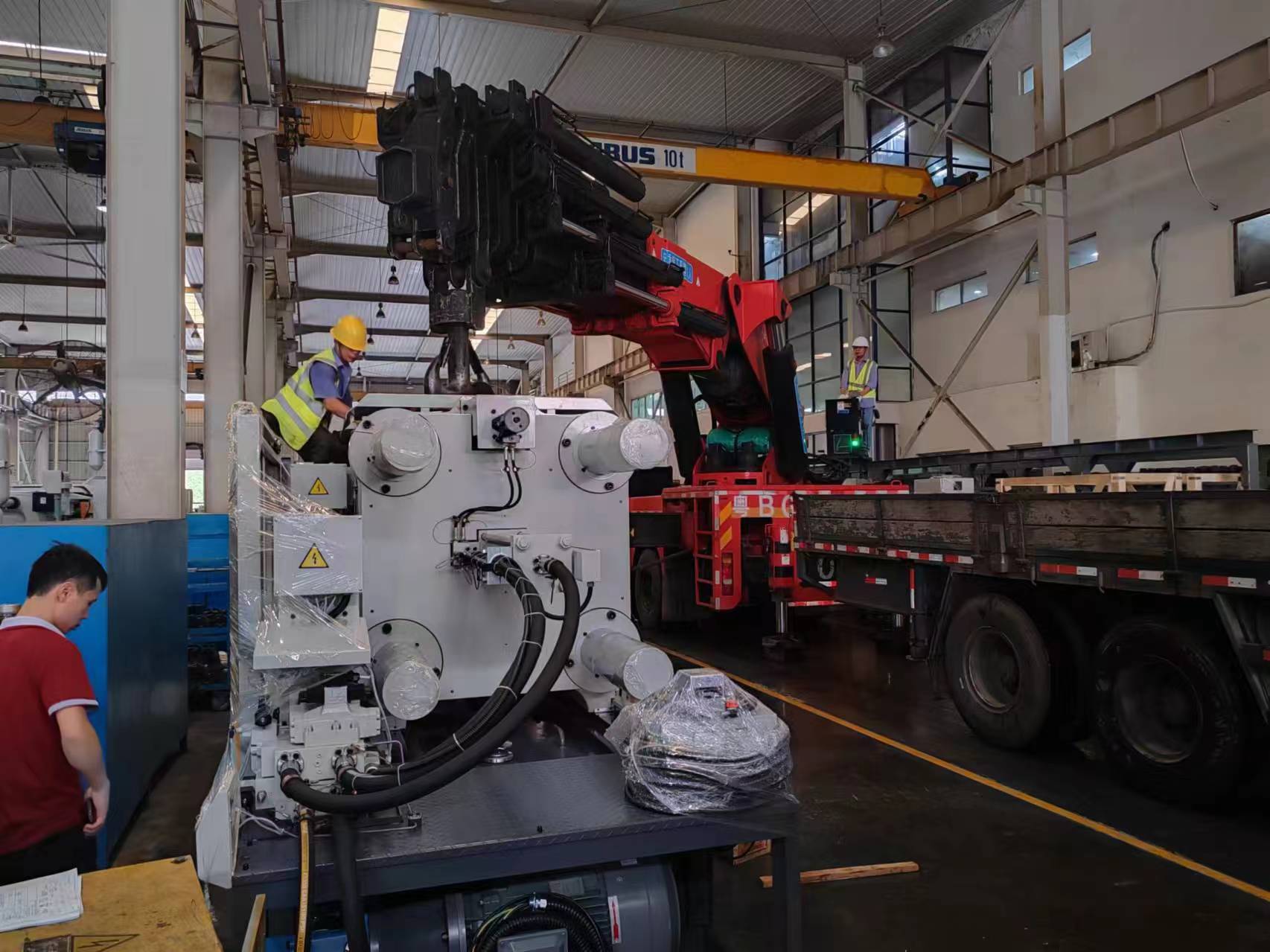Machining Defects
LK Die Casting Machine / 2024-09-18 10:46:50
2024-09-18 by Cherry
In modern manufacturing, machining, and die-casting are
two important processing methods. They each have their
own unique advantages and application scenarios, but in
some cases, the relationship between them may affect the
quality of the final product.

This article will explore the relationship between machining
defects and die-casting machines in depth to help you
better understand how the two affect each other, and how
to reduce defects and improve production efficiency.
Overview of machining defects
Machining is the process of processing raw materials into
the desired shape by cutting, grinding, and other means
to achieve the desired size and surface quality.
In this process, a variety of defects may occur, including:
1. Uneven surface roughness: Insufficient surface smoothness
affects the appearance and performance of the product.
2. Dimensional deviation: The size of the part does not meet
the design requirements, which may lead to poor assembly.
3. Deformation: During the processing process, the part may
deform due to stress concentration or temperature changes.
4. Cracks: Cracks appear inside or on the material's surface,
reducing the part's strength.
These defects not only affect the appearance and performance
of the product, but may also lead to the failure of subsequent
processes and increase production costs.

How the die-casting machine works
Die casting is a molding process in which molten metal is
injected into a mold at high pressure. Die-casting machines
use high pressure to fill metal into a mold to form
complex parts quickly. Its main advantages include:
1. High precision: Die casting can produce parts with complex
shapes and precise dimensions.
2. High efficiency: Suitable for mass production, shortening
the production cycle.
3. Material saving: Die casting has less material waste than
other processing methods.
However, die casting also has some defects, such as pores,
inclusions, and surface defects. These defects are closely
related to machining and deserve further discussion.

Relationship between machining defects and die casting
machines
1. Influence of material selection
Machining defects are usually related to the properties
of the materials used. If poor-quality casting materials
are selected, defects such as pores and inclusions may
occur during die-casting.
These defects will appear in the subsequent machining
process, causing more serious problems in the machined parts.
Therefore, it is crucial to select high-quality casting
materials.
2. Mold design and processing
Mold design is crucial to the die-casting process. If the
mold design is unreasonable, it may cause poor metal flow,
resulting in defects. These defects may not be repaired
in subsequent machining, and may even affect the final
performance of the product. Therefore, the reasonable
design and processing of the mold play an important role
in reducing defects.
3. Die-casting process parameters
The operating parameters of the die-casting machine, such
as temperature, pressure, speed, etc., directly affect the
quality of the casting. If the operating parameters are not
appropriate, defects such as pores and shrinkage holes may
occur, which may cause greater problems during machining.
Accurately controlling the die-casting process parameters
can effectively reduce the defects that occur during machining.
4. Post-processing process
After die-casting, many parts still need post-processing,
such as machining, heat treatment, etc. Defects in the
die-casting process may be magnified during post-processing.
For example, if there are cracks in the casting, the cracks
may expand during subsequent machining, causing the parts
to fail. Therefore, timely detection and repair of
defects in the die-casting process are crucial to ensure
the quality of subsequent processing.
Strategies to reduce defects
To effectively reduce machining defects and die-casting
machine-related problems, the following strategies can
be considered:
Measures to reduce machining defects
1. Optimize the die-casting process
Reasonably design the die-casting mold to ensure that
the gating system, cooling system, and other parts of the
mold can meet the quality requirements of the parts.
Optimize die-casting process parameters, such as temperature,
pressure, speed, etc., to improve the quality and production
efficiency of parts.
Strengthen quality control in the die-casting process, timely
discover and solve problems, and avoid defects.
2. Improve machining accuracy
a. Select appropriate machining equipment and tools to ensure
the accuracy of the equipment and the sharpness of the tools.
b. Optimize machining technology, reasonably arrange the
machining sequence and cutting parameters to improve machining
efficiency and quality.
c. Strengthen quality inspection during machining, timely
discover and correct machining errors, and ensure the
dimensional accuracy and surface quality of parts.
3. Strengthen quality management
a. Establish a complete quality management system and
strengthen quality control of die-casting and machining
processes.
b. Strengthen employee training to improve employees'
quality awareness and operating skills.
c. Regularly maintain and maintain equipment to ensure
the normal operation and accuracy of equipment.
Conclusion
The relationship between machining defects and die-casting
machines is complex and close. In the manufacturing process,
optimizing material selection, mold design and process
parameters can effectively reduce defects and improve production
efficiency.
By deeply understanding the mutual influence between the two,
manufacturing companies can be invincible in the fierce
market competition.
I hope this article can provide you with valuable insights
to help you better deal with the challenges of machining
defects and die casting machines in practice.
For more info, you can refer to:
https://www.tiktok.com/@lk_diecastingmachine/video/7405113006880820522
https://www.youtube.com/shorts/JLX410QV_kw
To learn further info about Die Casting Machines,
pls contact LK Die Casting Machine Authorized Official Agent
LK OFFICIAL AGENT OFFICE DCM
LK Die Casting Machine Authorized Official Agent for Egypt(EGY)
Saudi Arabia(ksa)
United Arab Emirates(UAE)
The Islamic Republic of Iran(Iran)
Qatar(QAT)
The State of Kuwait(Kuwait)
The Middle East
Address: 1. Industry Zone, South of Port Said Kebly, Cairo, Egypt
2. EX 14., EASTERN RING ROAD, AI RAYAN DISTRICT,
RIYADH, SAUDI ARABIA
Arabic Website: https://ae.zazdiecasting.com/
English Website: https://www.zazdiecasting.com/
Phone/WhatsApp/Wechat: 0086 13598704163
Mobile: +20 101 304 3317 +20 150 181 8310
Email: jack@zazmae.com ahmedmahmoud@zazmae.com
OTHER CONTENT
-

2024-09-19 14:16:15 LK Cold Chamber Die Casting Machine DCC900 Locking Force: 9000KN Die Height: 400-1000mm Space Between Tie Bars: 930x930mm Shot Weight: 13.5Kg Casting Area Max:2250c㎡
More -

2024-09-19 14:11:06 LK Cold Chamber Die Casting Machine DCC280 Locking Force: 2800KN Die Height: 250-650mm Space Between Tie Bars: 560x560mm Shot Weight: 2.9Kg Casting Area Max:700c㎡
More -

2024-09-19 10:23:07 LK Cold Chamber Die Casting Machine DCC580 Locking Force: 5000KN Die Heigh: 350-850mm Space Between Tie Bars: 760x760mm Shot Weight: 6.9Kg Casting Area Max:1250c㎡
More -

2024-09-19 10:11:20 LK Cold Chamber Die Casting Machine DCC400 Locking Force: 4000KN Die Height: 300-700mm Space Between Tie Bars: 669x669mm Shot Weight: 4.7Kg Casting Area Max:1000c㎡
More

